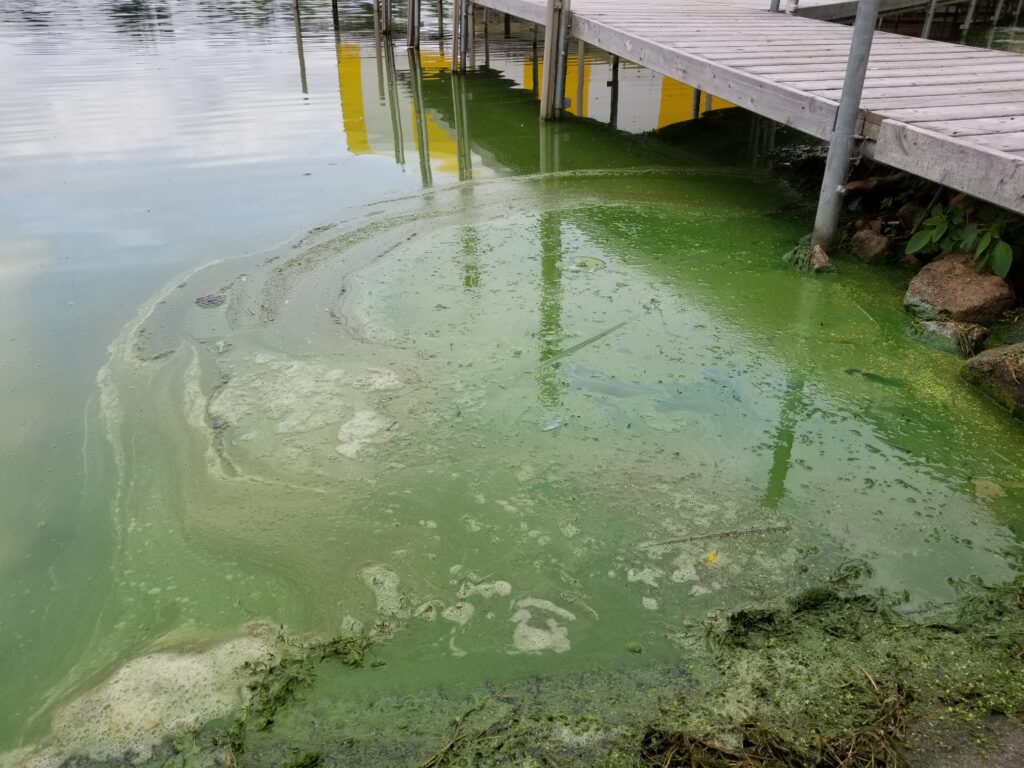Blue-green algae are not algae at all, but rather types of bacteria called cyanobacteria. Cyanobacteria thrives when there is a combination of two factors: warm weather and nutrient-dense water. Some […]


Blue-green algae are not algae at all, but rather types of bacteria called cyanobacteria. Cyanobacteria thrives when there is a combination of two factors: warm weather and nutrient-dense water. Some […]
Zebra mussels were discovered in Lake Minnetonka by a local resident on July 27, 2010 and confirmed by MN DNR biologists on July 28, 2010. The zebra mussel is a […]
Eurasian watermilfoil (EWM) was first discovered in Lake Minnetonka during the fall of 1987 in Excelsior Bay. Inspection of the Lake the following year found that EWM was widespread throughout […]
Some Items to Consider The Minnesota Legislature established the LMCD (Minn. Stat. §§ 103B.601-103B.645) more than 50 years ago to help protect the lake, public safety, and the environment. The […]
When water lands on an impermeable surface, it runs off, collecting pollution (trash, sediments, nutrients, etc.) as it goes. The more impermeable surface area there is in a given area, […]
A water garden or pond can be a beautiful addition to a backyard, but extra precautions should be taken when designing and adding vegetation to a water feature so close […]

Creating a shoreline buffer on your property can protect Lake Minnetonka’s water quality and overall health by: Stabilizing soil and reducing erosion Filtering out pollutants and sediments Absorbing nutrients from […]

The chemical treatments and other organic matter on your lawn have the potential to be swept into Lake Minnetonka either directly or through storm drainage systems. By being mindful of […]